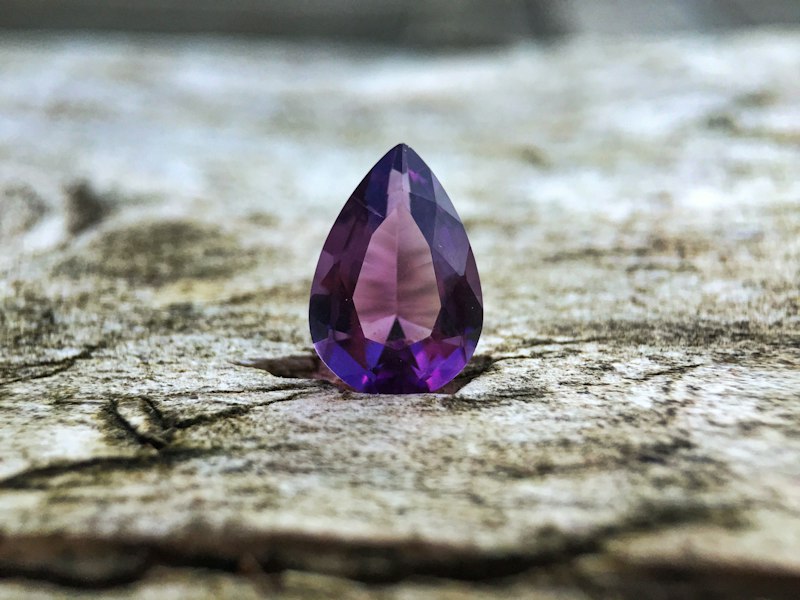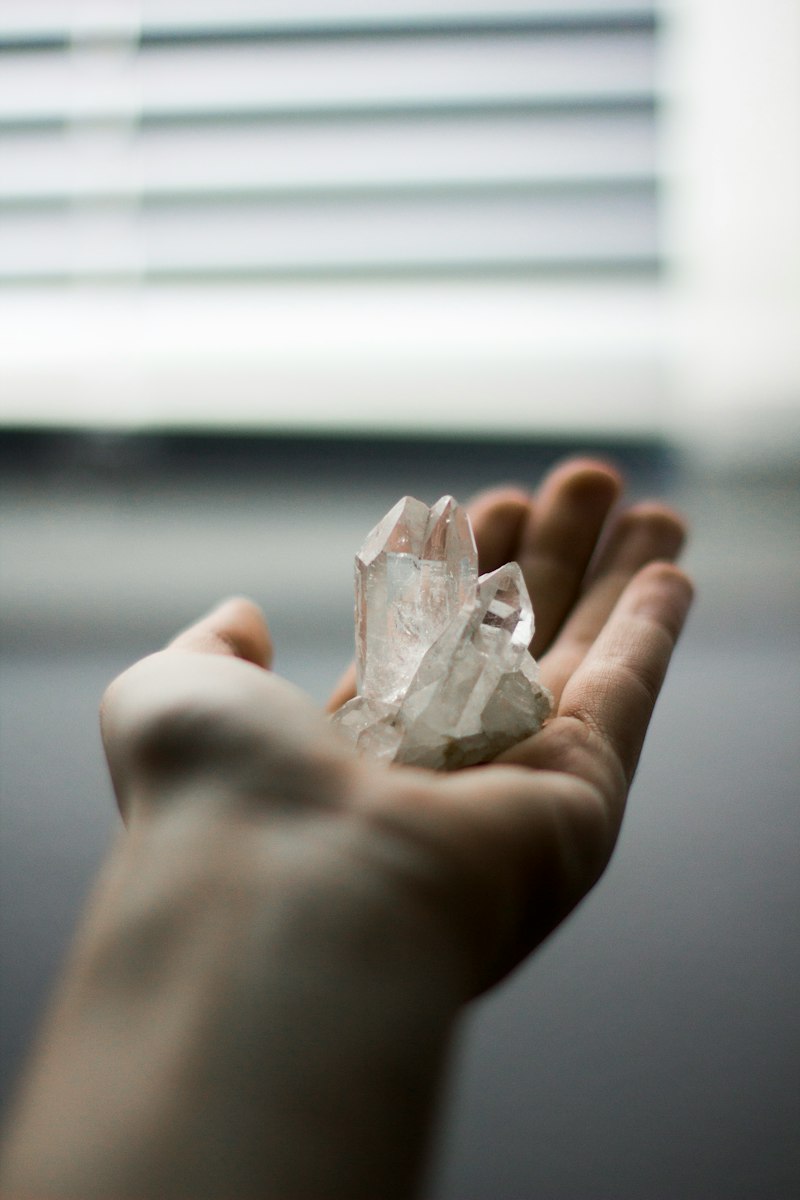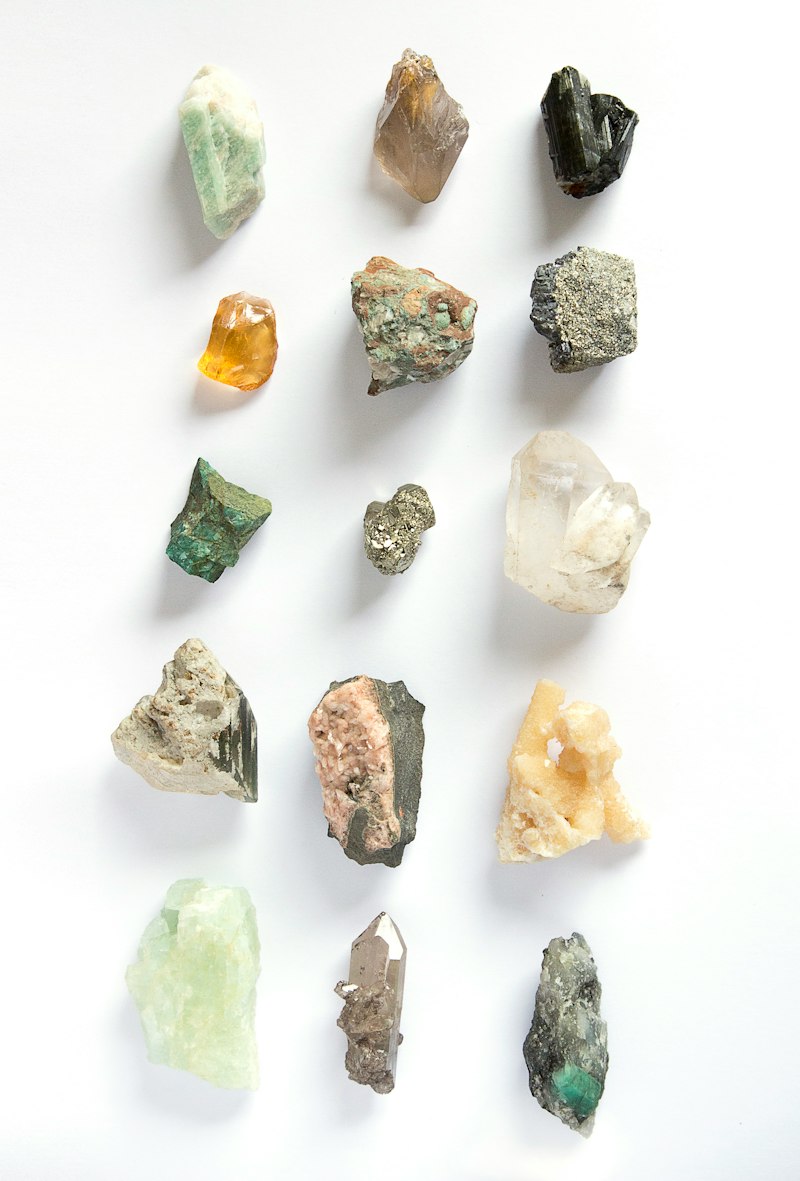Roman Gemstone Rituals: Practices and Symbolism Explored
Have you ever wondered about the fascinating world of ancient Roman gemstone rituals? These captivating practices offer a glimpse into the rich cultural heritage of the Roman Empire, where gemstones held immense significance. Let’s embark on a journey to explore the intriguing practices and symbolism associated with these precious gems.
Gemstones played a prominent role in various aspects of Roman life, including spirituality, healing, and personal adornment. Romans believed that gemstones possessed mystical properties and could influence their lives positively. They incorporated these gemstones into different rituals and ceremonies to harness their powers.
One common ritual involved wearing gemstones as jewelry or amulets. Each stone was carefully chosen for its unique properties and associations. For instance, the deep blue lapis lazuli represented wisdom and truth, while the radiant ruby symbolized passion and vitality. By wearing these stones, individuals aimed to attract the desired qualities into their lives.
Another fascinating practice was gemstone divination, also known as lithomancy. Romans employed specific gemstones to gain insights into the future or seek guidance. The stones were cast onto a surface, and based on their positions and patterns, interpretations were made. This divination method provided valuable information and influenced decision-making in various aspects of life.
Furthermore, gemstones were utilized in healing rituals. Romans believed that gemstones possessed therapeutic properties that could restore balance and promote well-being. Different stones were attributed to specific ailments or conditions. For example, amethyst was associated with calming energy and used to alleviate stress and anxiety, while emerald was believed to aid in eye-related issues.
Symbolism was deeply ingrained in Roman gemstone rituals. Each stone carried its own symbolic meaning, which was often linked to mythology or historical events. For example, the green jade was associated with abundance and fertility due to its vibrant color resembling lush vegetation. Such symbolism added depth and significance to the rituals, making them more impactful.

Unearthed Secrets: Unveiling the Mystical World of Roman Gemstone Rituals
Have you ever wondered about the ancient Roman civilization and its intriguing rituals? Brace yourself as we embark on a journey to unveil the enigmatic world of Roman gemstone rituals. These captivating practices were deeply rooted in their beliefs and held great significance in their daily lives.
Gemstones, with their vibrant colors and mesmerizing beauty, played a pivotal role in Roman culture. They were believed to possess mystical properties and were used for various purposes. From protection to healing, gemstones were regarded as potent tools to channel energies and connect with divine forces.


Furthermore, gemstones were also employed in divination practices by Roman priests and seers. Through intricate rituals, they would interpret the patterns and colors of gemstones to gain insights into the future. This form of gemstone divination, known as lithomancy, allowed them to tap into the hidden realms of destiny and make important decisions based on their interpretations.
In addition to their spiritual significance, gemstones were utilized for their healing properties. The Romans believed that each gem possessed unique qualities that could restore balance and promote well-being. For instance, amethyst was thought to alleviate stress and enhance clarity of thought, while carnelian was believed to boost vitality and courage.
The realm of Roman gemstone rituals also extended to their burial customs. Gemstones were often placed within burial chambers as symbols of remembrance and protection for the departed. It was believed that these gemstones would guide and safeguard the souls on their journey to the afterlife.
As we delve into the mystique of Roman gemstone rituals, we encounter a world filled with wonder and intrigue. The Romans’ deep reverence for these precious stones mirrors their profound connection to the spiritual realm. Through their rituals, they sought to harness the captivating energies of gemstones, unlocking their hidden secrets and embracing their mystical powers.
Join us as we continue our exploration of the ancient Roman civilization and unravel more secrets of their fascinating rituals. Let the enchantment of their gemstone practices transport you to a bygone era steeped in magic and awe-inspiring mystery.
From Amethyst to Emerald: The Ancient Symbolism of Gemstones in Roman Culture
Gemstones have held a significant place in human culture for thousands of years. In Roman culture, gemstones were not only cherished for their beauty but also revered for their symbolic meanings and perceived mystical powers. The Romans believed that each gemstone possessed unique properties that could influence various aspects of life. From amethyst to emerald, let’s explore the ancient symbolism of these gemstones in Roman culture.
Amethyst, with its mesmerizing purple hue, was highly regarded by the Romans. It was believed to possess powers of protection against intoxication and evil thoughts. The stone was associated with Bacchus, the Roman god of wine, and was often used in drinking vessels to prevent drunkenness. Amethyst was also thought to enhance spiritual clarity and promote a sense of calmness and balance.
Rubies, with their fiery red color, were considered the “king of gemstones” by the Romans. These precious stones symbolized passion, strength, and vitality. Rubies were associated with Mars, the Roman god of war, and were believed to bestow courage and protect against misfortune on the battlefield. They were also associated with love and were often given as tokens of affection.
Emeralds, known for their lush green hues, were highly prized by the Romans for their association with fertility, rebirth, and eternal youth. These gemstones were linked to Venus, the goddess of love and beauty. Emeralds were believed to bring harmony and balance to relationships and were often used in jewelry given to brides as symbols of marital bliss.
Sapphires, with their deep blue color, were associated with Jupiter, the king of gods in Roman mythology. These gemstones were considered symbols of wisdom, loyalty, and truth. Sapphires were believed to protect the wearer from envy and harm, as well as aid in spiritual enlightenment and self-discipline.
gemstones played a vital role in Roman culture, representing various aspects of life and embodying symbolic meanings. From the protective powers of amethyst to the passionate allure of rubies, each gemstone held a special place in the hearts and minds of the Romans. These ancient beliefs and associations continue to captivate us today, reminding us of the enduring power and enchantment of gemstones.
Unlocking the Power Within: How Roman Gemstone Rituals Transformed Lives
Have you ever wondered if there’s more to gemstones than just their beauty? The ancient Romans certainly believed so. They understood the power that lay within these precious stones and harnessed their unique qualities through rituals that transformed lives. In this article, we delve into the intriguing world of Roman gemstone rituals and explore how they unlocked hidden potential.
The Romans attributed specific properties to different gemstones, believing that each stone possessed its own energy and symbolic meaning. For instance, amethyst was associated with clarity of mind and protection against negative influences, while emerald was believed to promote love and harmony. By wearing these gemstones or placing them in their homes, Romans sought to tap into the inherent powers of these stones and enhance various aspects of their lives.
One popular Roman ritual involved creating talismans or amulets infused with the energy of a chosen gemstone. These personalized charms were believed to harbor the protective and transformative qualities of the gem. Romans would carefully select a gemstone aligned with their desired outcome, such as success in business or improved health, and then fashion it into a piece of jewelry or carry it close to their bodies. By doing so, they believed they could unlock the hidden power within themselves and attract positive energies.
Another fascinating aspect of Roman gemstone rituals was their connection to astrology. The Romans believed that gemstones had a profound influence on an individual’s astrological sign and destiny. By aligning the gemstone associated with their birth month or zodiac sign, they believed they could amplify their innate strengths and overcome challenges. This practice not only enhanced personal growth but also fostered a sense of connection with the celestial forces governing their lives.
The transformative power of gemstone rituals extended beyond personal well-being. Romans also believed that certain gemstones could provide protection from evil spirits and ward off misfortune. They created elaborate jewelry adorned with a combination of gemstones, meticulously chosen for their purported protective properties. Wearing these intricately crafted pieces was believed to act as a shield against negative energies and bring good fortune.
Beyond Ornamentation: Exploring the Deep Spiritual Significance of Roman Gemstones
Roman gemstones have long captivated the imagination of historians, archaeologists, and enthusiasts alike. These exquisite pieces of jewelry go beyond mere ornamentation; they hold a deep spiritual significance that reveals insights into the beliefs and practices of ancient Romans. Let’s embark on a fascinating journey to explore the hidden stories behind these precious gemstones.
In Roman culture, gemstones were more than just decorative elements. They were believed to possess mystical powers, connecting the wearer to the gods and the supernatural world. For instance, amethyst, a purple gemstone, was associated with Bacchus, the god of wine, and was thought to ward off intoxication. This belief led to the widespread use of amethyst in drinking vessels, ensuring a sober mind during festivities.
Furthermore, gemstones were used as talismans for protection and good fortune. The Romans believed that certain gems possessed specific properties that could bring luck or ward off evil. For instance, carnelian, a vibrant red stone, was considered a powerful protective amulet against negativity and misfortune. It was often worn as a pendant or carved into intricate seals.
Beyond their spiritual significance, Roman gemstones also served as status symbols. The wealthy elite adorned themselves with lavish jewelry adorned with precious stones, showcasing their wealth and social standing. Gemstones like emerald, sapphire, and ruby were highly sought after and frequently set in gold or silver to create stunning and opulent pieces.
The craftsmanship of these gemstones was nothing short of extraordinary. Skilled artisans would meticulously cut and polish the stones to accentuate their natural beauty. Intricate designs, often depicting gods, goddesses, and mythological scenes, were engraved on these gems, turning them into miniature works of art.
Today, Roman gemstones continue to mesmerize us with their beauty and symbolism. Museums around the world proudly display these artifacts, allowing us to glimpse into the rich tapestry of Roman spirituality and culture. The allure and mystery of these gemstones remind us that there is much more to them than meets the eye.
Roman gemstones go beyond mere adornments; they are windows into a world of ancient beliefs and traditions. From their spiritual significance to their role as symbols of status, these gemstones tell stories of a civilization that revered beauty, craftsmanship, and the divine. So next time you admire a Roman gemstone, remember that it holds within it a deep well of history waiting to be explored.


